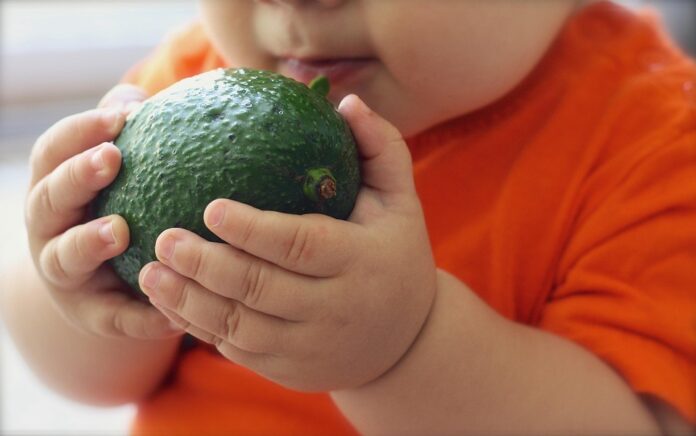The Rise of Aseptic Packaging in Infant Formula Industry
Introduction
The infant formula market has been witnessing a significant shift towards aseptic packaging in recent years. Aseptic packaging is a process where food products are sterilized and packaged in a sterile environment to prevent contamination and extend shelf life. This technology has been widely adopted in the dairy and non-dairy infant formula sector due to its numerous benefits, including improved product safety, extended shelf life, and increased availability.
Industry Overview
The global infant formula market is experiencing robust growth, driven by increasing birth rates, rising disposable incomes, and changing consumer preferences. According to a report by Grand View Research, the global infant formula market size was valued at USD 45.12 billion in 2020 and is expected to reach USD 103.75 billion by 2028, growing at a CAGR of 10.2% during the forecast period.
Rise of Aseptic Packaging
Aseptic packaging has gained popularity in the infant formula industry due to its ability to protect products from harmful bacteria and maintain their nutritional value. This technology involves sterilizing the product and packaging separately before filling and sealing the package in a sterile environment. Aseptic packaging eliminates the need for preservatives, refrigeration, and reduces food waste, making it an attractive option for infant formula manufacturers.
Benefits of Aseptic Packaging
Aseptic packaging offers several advantages for infant formula manufacturers, including extended shelf life, reduced transportation costs, increased distribution reach, and enhanced product safety. By using aseptic packaging, companies can expand their market presence, reach new consumers in remote areas, and offer a wider range of products without compromising on quality.
Market Trends
The demand for aseptic packaging in the infant formula industry is expected to continue growing as consumers become more concerned about product safety and quality. With the rise of e-commerce and online retail channels, aseptic packaging allows companies to ship products over long distances without the need for refrigeration, making it a cost-effective and convenient option for consumers.
Financial Data and Companies
Leading companies in the infant formula industry, such as Nestle, Danone, Abbott Laboratories, and Mead Johnson Nutrition, have been investing in aseptic packaging technology to meet the growing demand for safe and convenient products. These companies have reported significant revenue growth and market share expansion due to their adoption of aseptic packaging in their product lines.
Challenges and Opportunities
While aseptic packaging offers numerous benefits for infant formula manufacturers, there are also challenges that need to be addressed, such as high initial investment costs, technical expertise requirements, and regulatory compliance. However, with advancements in aseptic packaging technology and increasing consumer awareness, the industry is poised for continued growth and innovation.
Conclusion
In conclusion, aseptic packaging has revolutionized the infant formula industry by expanding the availability of dairy and non-dairy products to a wider consumer base. With its numerous benefits, including improved product safety, extended shelf life, and increased distribution reach, aseptic packaging is expected to drive growth and innovation in the infant formula market in the coming years. Leading companies in the industry are investing in aseptic packaging technology to meet consumer demand for safe and convenient products, positioning themselves for success in a competitive market landscape.




